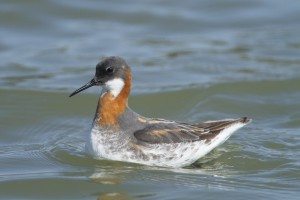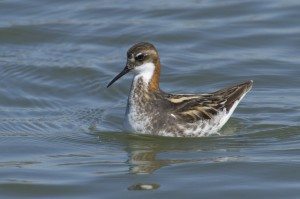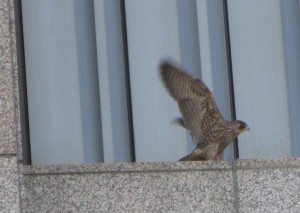Why fight for Beach Chalet?
On Thursday May 24, the San Francisco Planning Commission and Recreation and Parks Commission are scheduled to vote on plans to install artificial turf and powerful night lighting on the Beach Chalet soccer fields in western Golden Gate Park. Golden Gate Bird Alliance plans to be there and speak out in opposition. We asked Conservation Director Mike Lynes — who has spent hundreds of hours following this issue since 2009 — to explain why we are so concerned over the future of land that is “just a few soccer fields in a city park.”
———————————
The Beach Chalet Athletic Fields renovation project is one of the most difficult projects that Golden Gate Bird Alliance has grappled with in recent years. The renovation project would replace up to 11 acres of natural grass and trees in the western end of Golden Gate Park with artificial turf and ten 60-foot light towers that will broadcast 150,000 watts of light into the historically dark part of the park.
Aside from concerns about the toxic nature of artificial turf, Golden Gate Bird Alliance is involved because the project will reduce the quality of the area for wildlife and for people who appreciate nature. The western end of Golden Gate Park has always been designed and managed to be more natural, an urban woodland with open meadows. Every major planning document — including the City’s General Plan and the Golden Gate Park Master Plan — mandates that the historic natural character of the western end of the park be preserved. The loss of the area is another big gash in the “death by a thousand cuts” faced by local bird and wildlife populations in San Francisco.
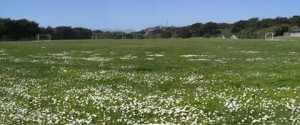 Beach Chalet now, with natural grass fields
Beach Chalet now, with natural grass fields
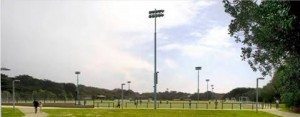 What Beach Chalet would look like with lights
What Beach Chalet would look like with lights
Proponents of the project have characterized the controversy as a being about “birds vs kids.” But simplifying the conflict and demonizing your opponents doesn’t do anyone any good. In truth, Golden Gate Bird Alliance and other project opponents are only asking the City to develop an alternative that meets the needs of soccer players while also respecting the history, character and ecology of the park. So far, the City has refused to do so. Fields can be developed elsewhere, but there is no other place like the western end of the Golden Gate Park.
There is no doubt that local athletes need more fields and playing time, and that the Beach Chalet is sorely in need of renovation. …




